GMII to RGMII v4.0
Table of Contents
IP Facts
Ch. 1: Overview
Feature Summary
Applications
Unsupported Features
Licensing and Ordering
Ch. 2: Product Specification
Standards
Performance
Maximum Frequencies
Latency
Transmit Path
Receive Path
Throughput
Power
Resource Utilization
Port Descriptions
Internal Encrypted Hierarchy of the Core Level Ports
Input/Output Signals
Interfaces
Block Hierarchy Level Ports
Input/Output Signals
MDIO Management System
MDIO Bus System
MDIO Transactions
Write Transaction
Read Transaction
MDIO Addressing
Physical Address
Register Address
Connecting the MDIO to an Internally Integrated STA
Connecting the MDIO to an External PHY Device
Register Space
Control Register
Ch. 3: Designing with the Core
General Design Guidelines
Shared Logic
Clocking
Free Running Clock
GMII Transmit Clock
RGMII Transmit Clock to the External PHY Device
RGMII Receive Clock from the External PHY Device
Using Multiple Instances of the Core
Resets
Protocols
GMII Transmission
Normal Frame Transmission
Error Propagation
GMII Reception
Normal Frame Reception
Frame Reception with Errors
MII Transmission – 10/100 Mb/s Frame
MII Reception – 10/100 Mb/s Frame
RGMII Interface Protocols
RGMII Transmission and Reception
Ch. 4: Design Flow Steps
Customizing and Generating the Core
Shared Logic Options
User Parameters
Output Generation
Constraining the Core
Required Constraints
Vivado Design Suite
Device, Package, and Speed Grade Selections
Clock Frequencies
Clock Management
Clock Placement
Banking
Transceiver Placement
I/O Standard and Placement
Simulation
Synthesis and Implementation
Ch. 5: Example Design
External Clocking
Internal Clocking
Top-Level Example Design HDL
Ch. 6: Test Bench
Demonstration Test Bench
Customizing the Test Bench
Changing Frame Data
Changing Frame Error Status
Appx. A: Upgrading
Migrating to the Vivado Design Suite
Upgrading in the Vivado Design Suite
Shared Logic
Parameter Changes from v3.0 to v4.0
Port Changes from v3.0 to v4.0
Parameter Changes from v2.0 to v3.0
Port Changes from v2.0 to v3.0
Appx. B: Debugging
Finding Help on Xilinx.com
Documentation
Answer Records
Technical Support
Debug Tools
Vivado Design Suite Debug Feature
Simulation Debug
Hardware Debug
General Checks
Problems with the MDIO
Problems with Data Reception or Transmission
Problems with High Bit Error Rates
Appx. C: Additional Resources and Legal Notices
Xilinx Resources
Documentation Navigator and Design Hubs
References
Revision History
Please Read: Important Legal Notices
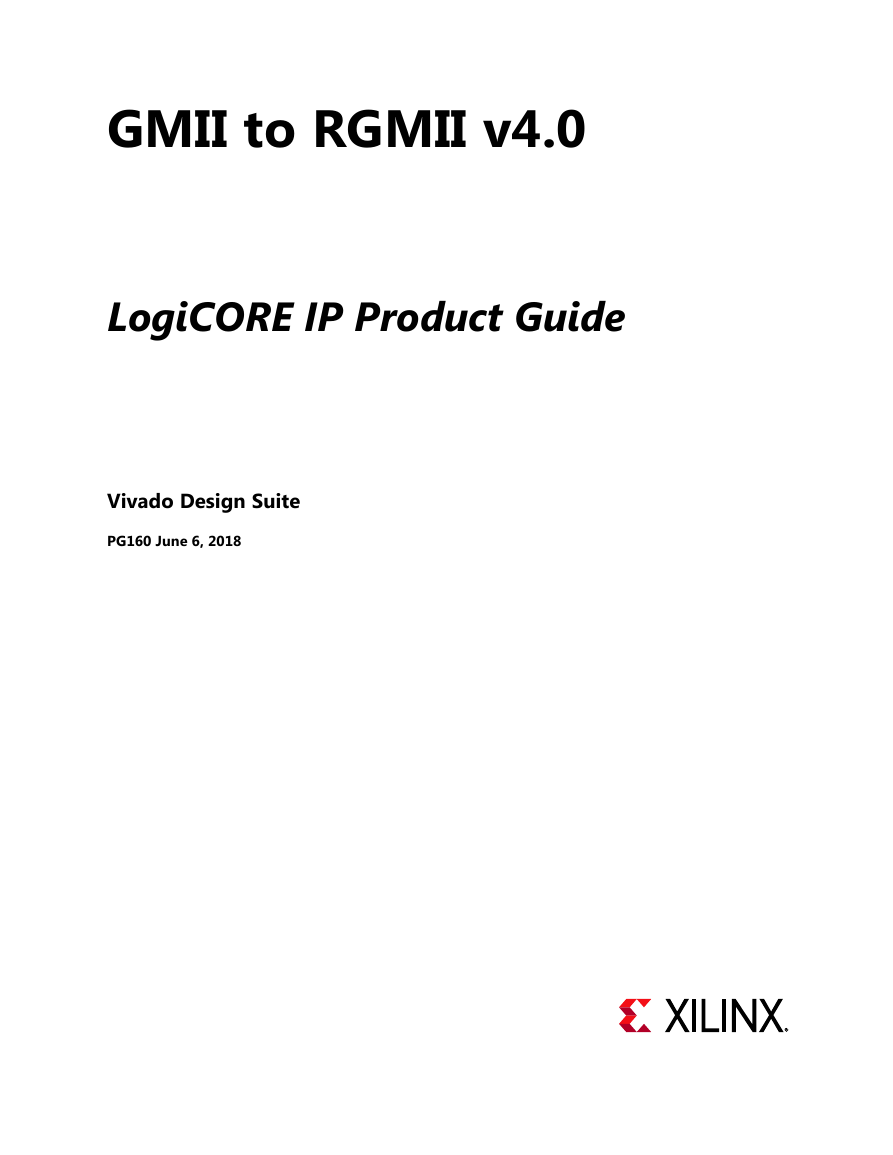
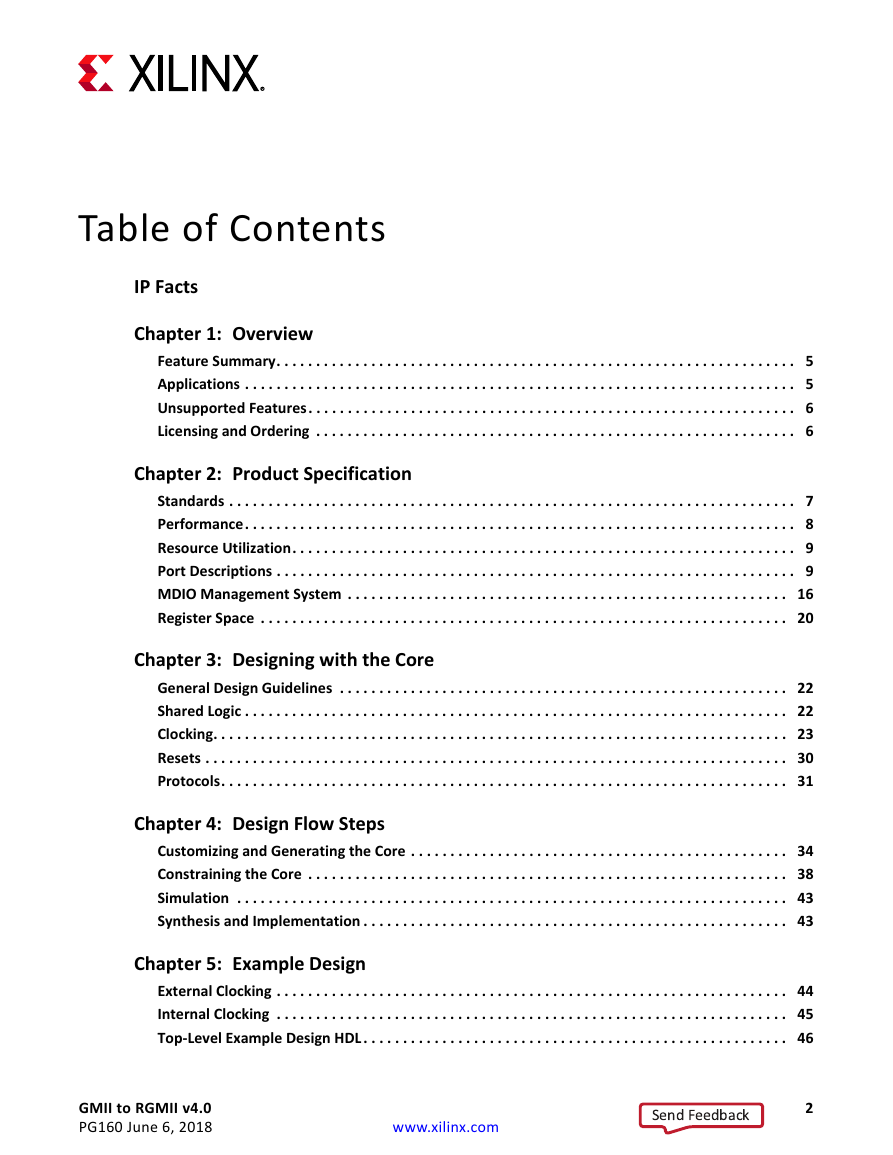

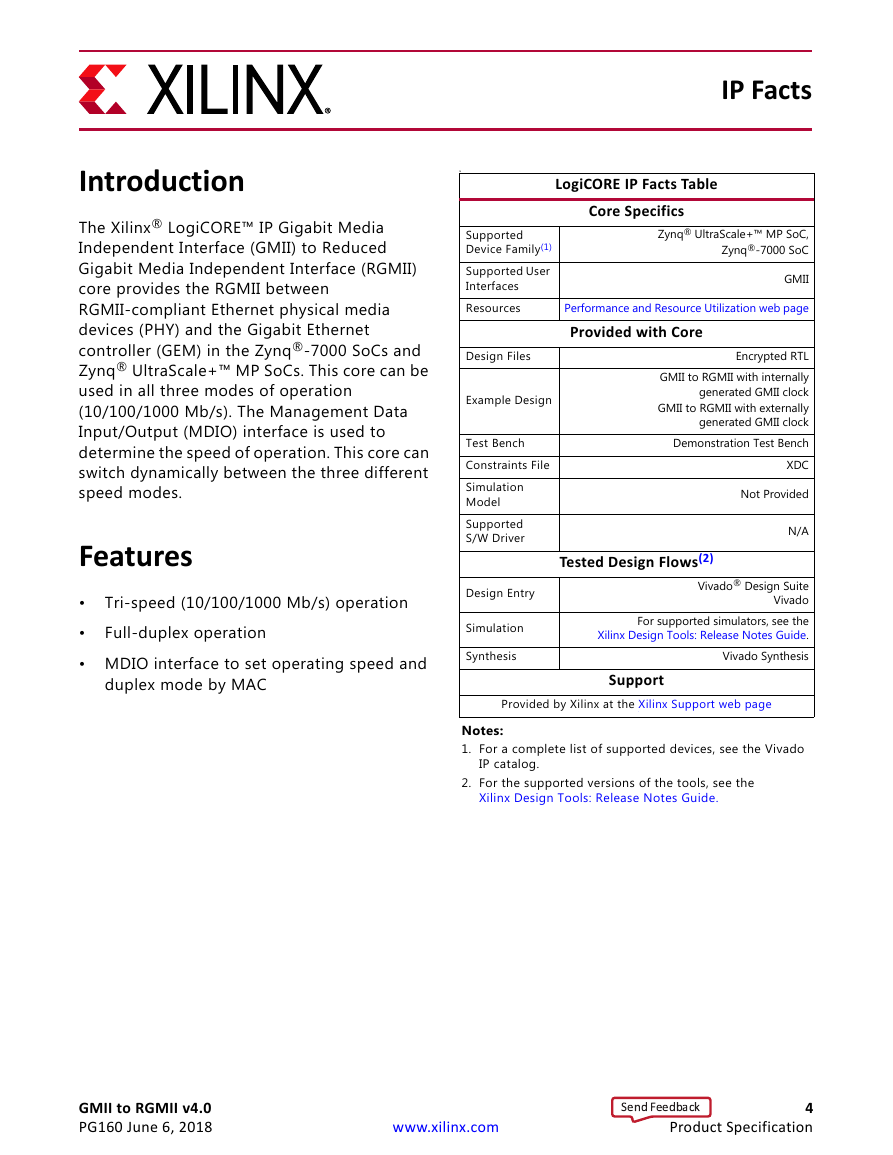


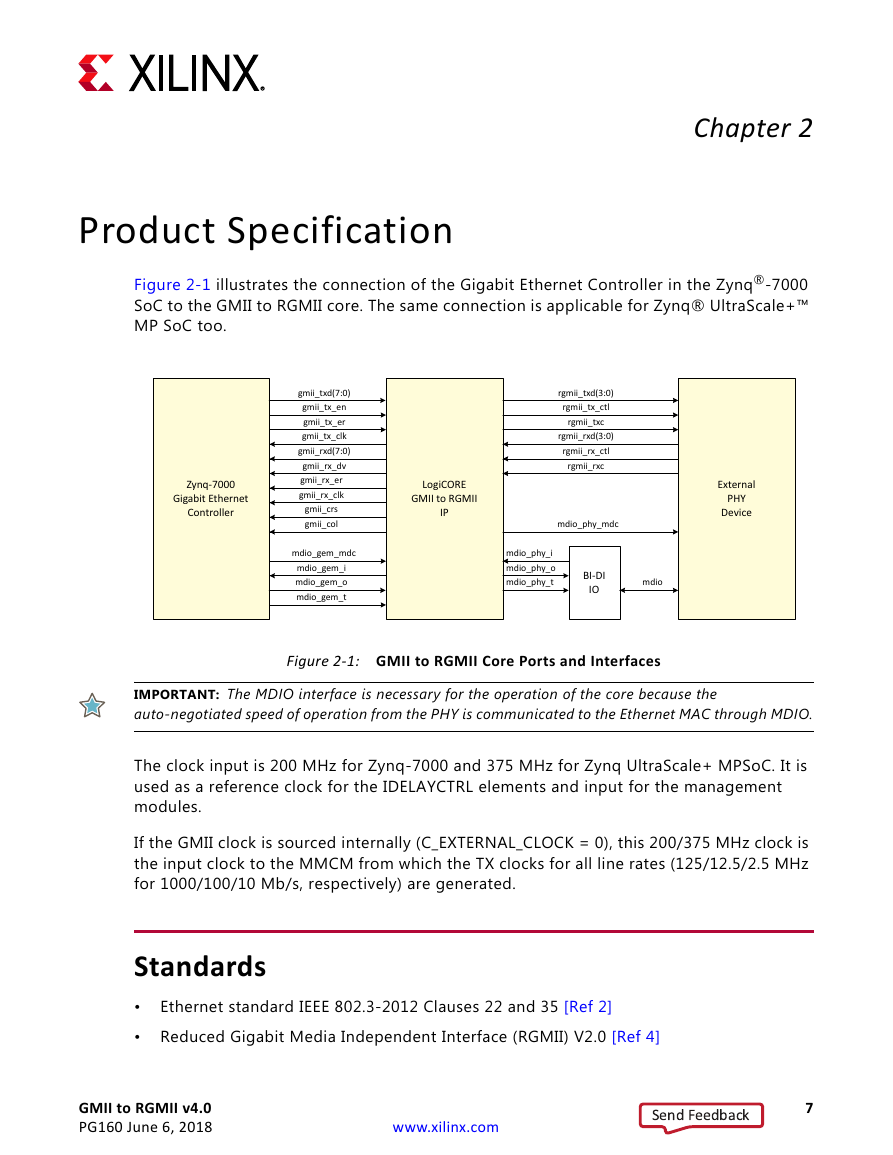
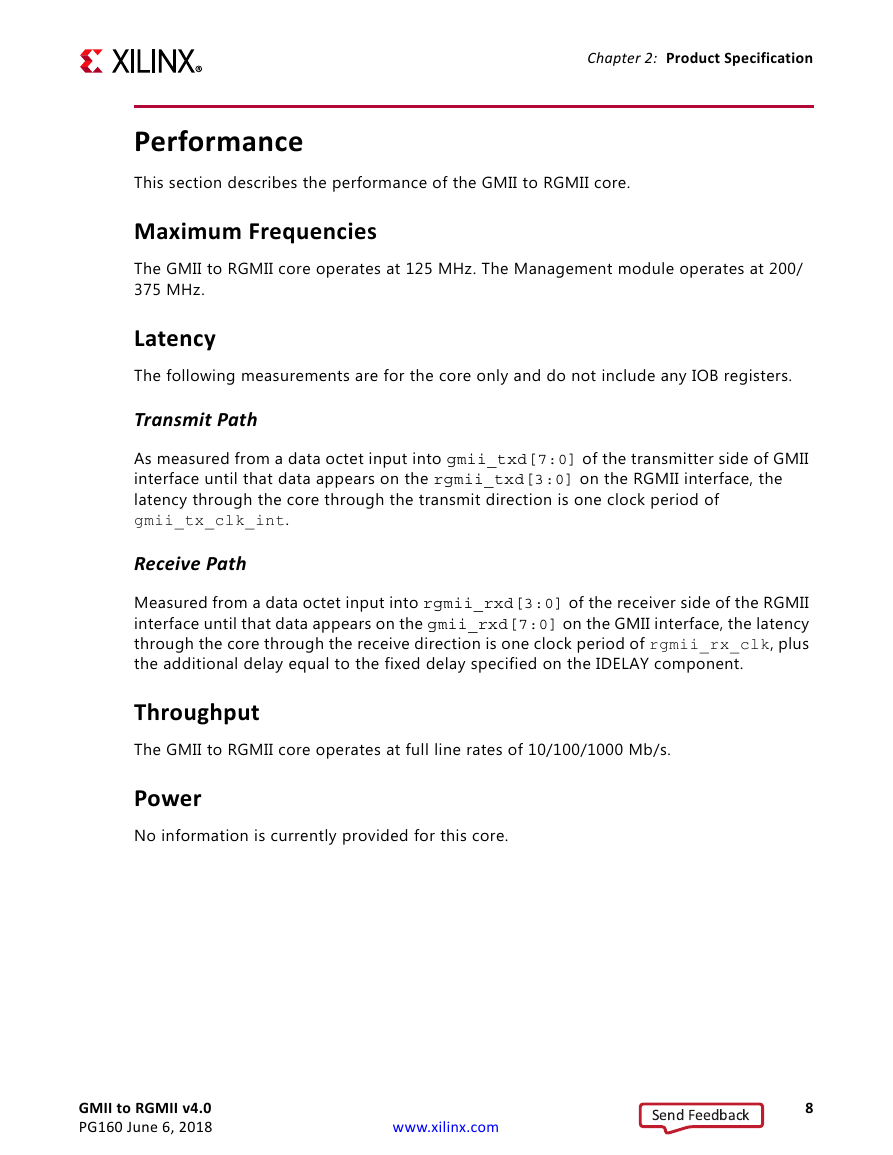








 2023年江西萍乡中考道德与法治真题及答案.doc
2023年江西萍乡中考道德与法治真题及答案.doc 2012年重庆南川中考生物真题及答案.doc
2012年重庆南川中考生物真题及答案.doc 2013年江西师范大学地理学综合及文艺理论基础考研真题.doc
2013年江西师范大学地理学综合及文艺理论基础考研真题.doc 2020年四川甘孜小升初语文真题及答案I卷.doc
2020年四川甘孜小升初语文真题及答案I卷.doc 2020年注册岩土工程师专业基础考试真题及答案.doc
2020年注册岩土工程师专业基础考试真题及答案.doc 2023-2024学年福建省厦门市九年级上学期数学月考试题及答案.doc
2023-2024学年福建省厦门市九年级上学期数学月考试题及答案.doc 2021-2022学年辽宁省沈阳市大东区九年级上学期语文期末试题及答案.doc
2021-2022学年辽宁省沈阳市大东区九年级上学期语文期末试题及答案.doc 2022-2023学年北京东城区初三第一学期物理期末试卷及答案.doc
2022-2023学年北京东城区初三第一学期物理期末试卷及答案.doc 2018上半年江西教师资格初中地理学科知识与教学能力真题及答案.doc
2018上半年江西教师资格初中地理学科知识与教学能力真题及答案.doc 2012年河北国家公务员申论考试真题及答案-省级.doc
2012年河北国家公务员申论考试真题及答案-省级.doc 2020-2021学年江苏省扬州市江都区邵樊片九年级上学期数学第一次质量检测试题及答案.doc
2020-2021学年江苏省扬州市江都区邵樊片九年级上学期数学第一次质量检测试题及答案.doc 2022下半年黑龙江教师资格证中学综合素质真题及答案.doc
2022下半年黑龙江教师资格证中学综合素质真题及答案.doc